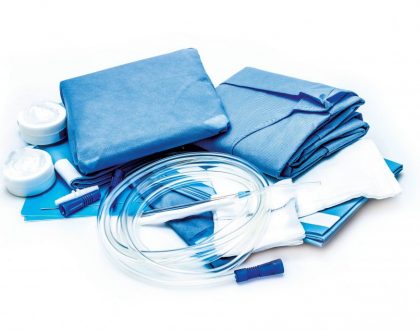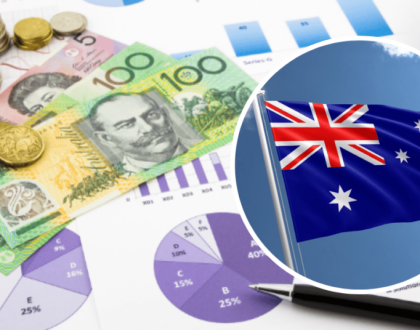TGA Fees & Timeframes – MTAA White Paper Bares All

by admin
The Medical Technology Association of Australia (the MTAA) has released a white paper on the regulatory burdens medical device companies face in Australia. They key focus of the paper regulatory costs and timeframes.
The MTAA white paper published in May 2014 is designed to outline some of the “regulatory challenges experienced by Australian businesses involved in the supply of medical technology and propose an improved system that reduces the regulatory burden on industry, without compromising safety and performance of medical devices”. The paper describes what many device manufacturers and sponsors see as “significant red tape for businesses, particularly in relation to the time and cost of bringing medical devices to market,” and provides suggestions for the framework’s potential improvement.
Whilst the TGA have been slowly implementing reforms which were realised in the December 2011 blueprint reforms – it has been a slow process and many of these do not relate to reducing the regulatory impact for manufacturers and sponsor. This has brought about frustration for Australian industry.
The MTAA recommendations in the white paper call on the TGA to:
- Take on the role of a designating authority of third-party conformity assessment bodies;
- Cease conducting duplicative pre-market assessments already conducted in other similar regulatory jurisdictions;
- Increase oversight of other assessment bodies through existing international collaborations;
- Improve internal systems to remove unnecessary steps in the pre-market application process and improve the functionality of the IT systems and Australian Register the Therapeutic Goods (ARTG);
- Increase resources devoted to post-market monitoring and compliance activities; and
- License suppliers of medical devices requiring them to adhere to industry codes of practice.
Importantly, the MTAA paper does not suggest a change in requirements for medical devices in Australia, but more a change to TGA processes for pre-market assessment. It is not known how the TGA may respond to the paper but its hopeful the suggestions will bring about positive change for Australian industry. For more information, contact KD&A.
Recommended Posts

January 2024 Updated Guidance – System or Procedure Packs
February 28, 2024

Guidance on the vigilance system for CE-marked devices and the Device Specific Vigilance Guidance (DSVG) Template
February 19, 2024

TGA Fees and Charges Proposal 2024-25
February 1, 2024
